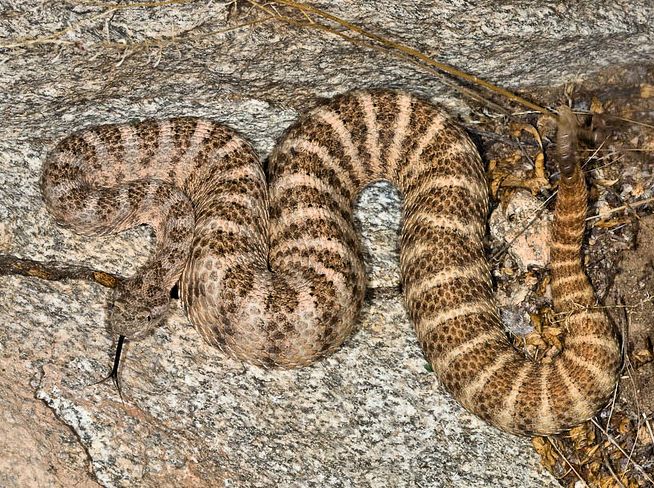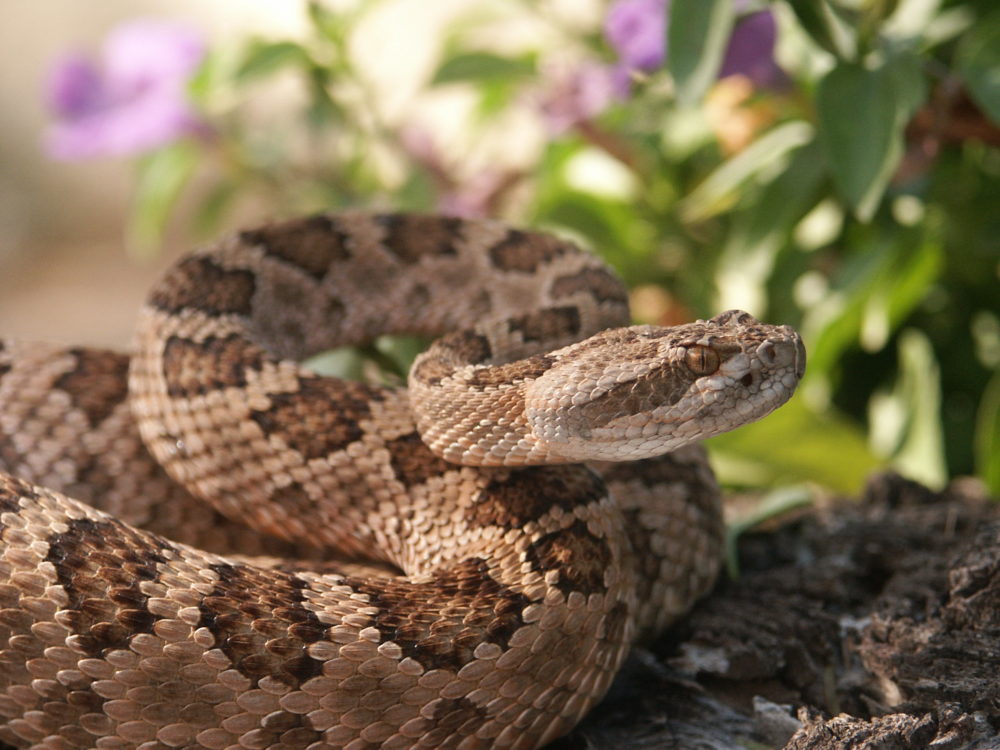August 28 Field Trip – Sabino Canyon Day and Night 2019
We will spend a few hours herping in the morning, ending when temperatures are getting too warm for lizards and then re-converge in the late afternoon for a few hours at night. Weather-dependent.
Logistical Lead and Contact Info: Larry Jones. 520-730-5254; gilaman@comcast.net
NOTE: Plans are subject to change, usually due to weather, so keep your cell phone with you, especially the day before and day of the trip, and especially for the night portion, should nasty storms brew.
Location: Sabino Canyon Recreation Area, Coronado National Forest.
Target Taxa: The daytime is mostly for lizard watching through binoculars. Close-focus are best. Nighttime is mostly for snake-viewing. This is a good area for many species of snakes and lizards, including Sonoran Spotted Whiptail, Giant Spotted Whiptail, sometimes Eastern Collared Lizard, and a host of other common lizards, especially those of the Sonoran Desert. Snakes include Sonoran Lyresnake, kingsnakes, Black-necked Gartersnake, and other common desert snakes. Venomous species include Gila Monsters, Western Black-tailed Rattlesnakes, Tiger Rattlesnakes, Western Diamond-backed Rattlesnakes, and Arizona Coralsnakes. Amphibians include several toads and Canyon Treefrogs. Sonoran Desert Tortoises are reasonably common here.
Herp Handling Requirements: This is a no-touch zone.
Meeting Area/Rendezvous Point: Meet at the front of the Visitor’s Center. There is a parking fee that the participants must pay themselves. Hang onto the stub, and use it for re-entry.
Meeting Time and Date: On the morning of 28 August, meet at the visitor’s center at 0630 AM. It is likely to be hot, so an early start is necessary for the day portion. Then after the long lunch and dinner break, meet again at 6:30 PM for the evening portion.
Leaving Time and Date: During the morning, probably leave by 11:00 or so. At night, probably leave at 10:30 PM or so. This is determined as we go. Leaders and helpers of smaller groups will have walkie-talkies and or cell phones to communicate.
Directions: At east end of Tucson, in foothills of Santa Catalina Mountains, at entrance to Sabino Canyon
Accommodations (e.g., campground): Hotels and camping in and near Tucson, but nothing right there.
Facilities: Visitor’s Center, restrooms with flush toilets. There is no food at Sabino Canyon; one would have to bring their own, or head out after the break. There are paved roads and good trails.
Carpooling: No arranged carpooling. However, if participants from the West side want to carpool to Sabino, go for it.
Maximum Number of Participants: 15 persons.
Off-limits Areas: Adjacent private lands are off-limits. Walking will be limited to roads, trails, and possibly the riparian area; however, in the event of monsoonal rains, the riparian area may be dangerous, so at night, it is mandatory to stick by a trail and/or stay with the group helper.
Site-specific Safety Alerts: Daytimes can get very hot, so be prepared. We have no plans to guide the field trip during the heat of the day, so participants are on their own. During moderate weather, rattlesnakes and Gila Monsters may be common, as well as stinging insects. In the afternoon and evening, flash floods, rising stream levels, and lightning are potential safety hazards. If the conditions look too hazardous, we will cancel or postpone the evening field portion. Participants must always stay close to their group helpers, or announce when they are headed back. If were are in underbrush, snakes are a hazard, and leather boots and snake gaiters are advised, and may be mandatory.
What should Participants Bring?: General field gear (e.g., boots, sunscreen, hat, food, water), binoculars (especially close-focus), cell phone, camera, FLASHLIGHT/headlamps required for nighttime portion. If you want to get off the pavement on trails at night, snake-gaiters may be required.
Purpose of Trip (e.g., photograph and release at point of capture): No-touch, photograph in situ the abundant reptile and amphibian fauna of this area. There are ¾ million visitors per year, so the lizards are often tolerant of humans, and it is often easy to get photographs of many species. This is a moonless time during the monsoon, so is categorically the best time for snakes, although it is dependent upon the local conditions.
Nearest Emergency Room with 24/7 Physician on Duty: Saint Joseph’s Hospital, 350 N. Wilmot Road, Tucson, AZ 85711. (520) 873-3000. Call 911 in an emergency.
Other Information as Needed: Because this trip is weather-dependent, be ready to change plans at the last minute. Watch for emails, texts, or phone message updates, especially in the days preceding the trip and the day of the trip.




